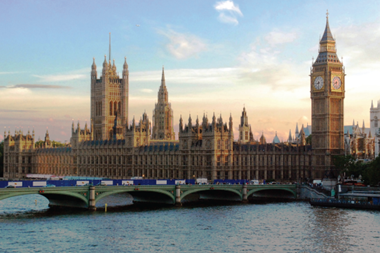The Bank of England (BoE) has today raised interest rates again – 11th consecutive interest rate rise since December 2021 – as it continues to fight inflationary pressures, however the pensions industry has said there are likely to be some important knock-on effects to people saving in defined contribution (DC) pensions.
Paul Bucksey, chief investment officer at Smart Pension, said: “Further nervousness about the banking sector could have a knock-on effect to the values of equities and bonds, which the majority of pension savers are invested in. Those close to or in retirement could end up with an unwelcome fall in the value of their pension pot, which in turn could reduce the amount of income they can take.”
On the other hand, he noted, rising interest rates will be good news for those who are thinking of using their retirement savings to purchase a guaranteed income in the form of a lifetime annuity.
Annuity rates improve when interest rates increase and annuity rates are at their highest for over a decade, Bucksey explained.
Since the first interest rate rise in December 2021, XPS Pensions Group’s DB:UK tracker estimates that UK pension schemes have reduced in value by approximately 35% or around £800bn. Overall, funding level improvements have also been extremely positive in spite of high levels of observed inflation over the period, adding approximately £100bn to scheme liabilities.
Simeon Willis, CIO at XPS, said: “Typically, a rate rise coupled with the prospect of falling long-term inflation usually spells good news for pension schemes. However, over March we have seen a reduction in long-term Gilt yields as expectations over future rates rises have been pared back and so many under hedged schemes will have seen funding levels deteriorate over the month despite this rates rise.”
Given the current turmoil within the banking sector, Willis said that pension schemes should also keep a close eye on financial markets in the hope that today’s announcement does not have an adverse impact on equity and credit markets, which is the other key driver in scheme funding levels.
“We urge those close to or in retirement to take a really close look at all of the investment choices available in their pension and decide whether their pension savings are invested appropriately,” Bucksey said.
To read the digital edition of IPE’s latest magazine click here

















No comments yet